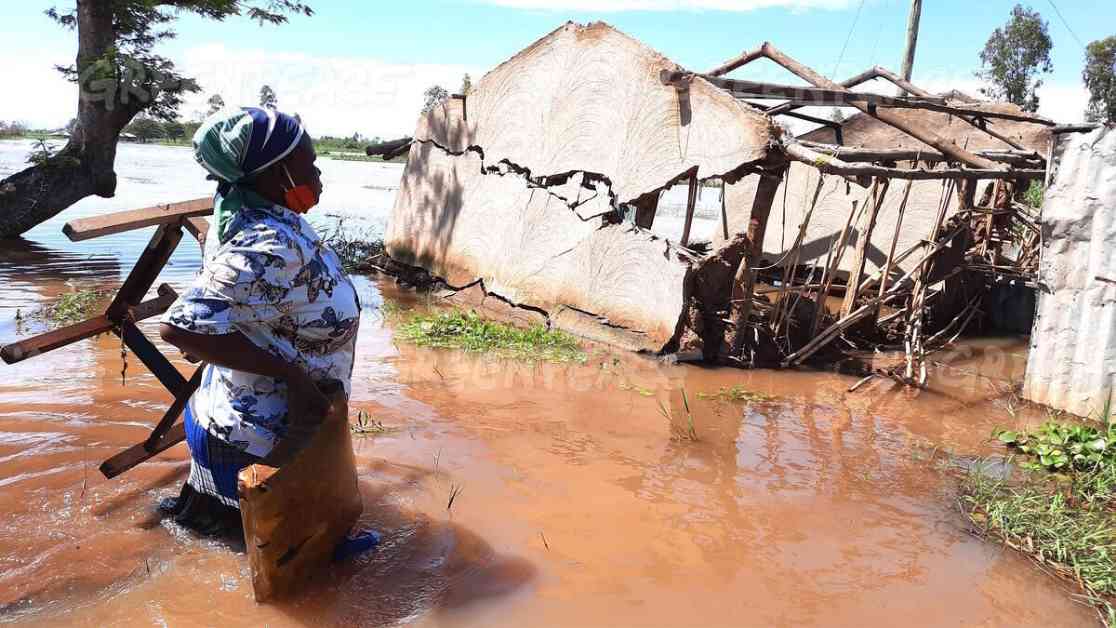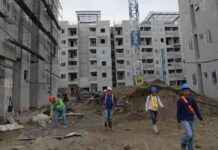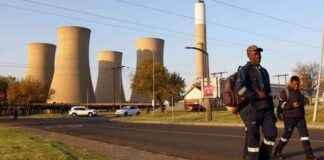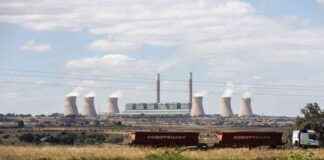A recent article discussed how climate change is exacerbating rainfall in Southern Africa, leading to deadly flooding in Botswana and South Africa. This rise in extreme weather events is becoming more common in a warming world, according to scientists from the World Weather Attribution (WWA) group. The flooding in Botswana and South Africa last month, which claimed the lives of at least 31 people, highlighted the urgent need for better infrastructure and climate adaptation measures in urban areas.
Climate Whiplash in African Cities
The recent surge in heavy rainfall in Southern Africa has raised concerns about climate whiplash, a phenomenon characterized by rapid shifts between extreme wet and dry conditions. This erratic weather pattern poses significant challenges for cities across the continent, with some of the largest urban centers experiencing the brunt of these extremes. The effects of climate change are evident in the increased frequency and intensity of rainfall events, as observed in Botswana and South Africa.
Impacts of Climate Change on Urban Infrastructure
One of the key drivers of disaster in cities is inadequate infrastructure to handle extreme weather events. Insufficient drainage systems in cities like Gaborone, Botswana, have left low-lying areas vulnerable to severe flooding, particularly as population density and construction activity increase. The need for investment in stormwater management systems is critical to mitigate the effects of climate change and protect communities from future flooding events.
Expert Insights on Climate Change Impacts
Ben Clarke, a researcher with WWA, emphasized the importance of reducing fossil fuel emissions and adapting to a warmer climate to limit the damage caused by extreme weather events. Professor Piet Kenabatho from the University of Botswana highlighted the urgent need for improved stormwater management systems to help communities cope with the effects of climate change. While the exact contribution of climate change to recent flooding events is difficult to quantify, historical weather data indicates a clear trend towards more intense and prolonged rainfall.
Rising Concerns in East Africa
In East Africa, a similar pattern of climate whiplash is emerging, with cities like Nairobi, Addis Ababa, and Kampala experiencing back-to-back droughts and floods. This alternating cycle of water scarcity and heavy rainfall poses significant challenges for urban areas, leading to disruptions in water supply, food security, and public health. The rapid shift between these extremes complicates disaster preparedness and recovery efforts, exacerbating economic losses and endangering lives.
Global Implications of Extreme Climate Patterns
The impact of extreme climate patterns extends beyond Africa, with cities in Southern Asia facing increased flood risks and European cities experiencing drying trends. This trend underscores the need for proactive measures to ensure access to clean water and enhance water security in urban areas worldwide. Timely investments in water infrastructure and disaster preparedness can help communities withstand the challenges posed by climate change and build resilience for the future.
In conclusion, the escalating climate whiplash in African cities and beyond underscores the urgent need for collective action to address the impacts of climate change. By investing in sustainable infrastructure, promoting climate adaptation strategies, and prioritizing water security, communities can better prepare for the challenges ahead and safeguard against the uncertainties of a changing climate.













